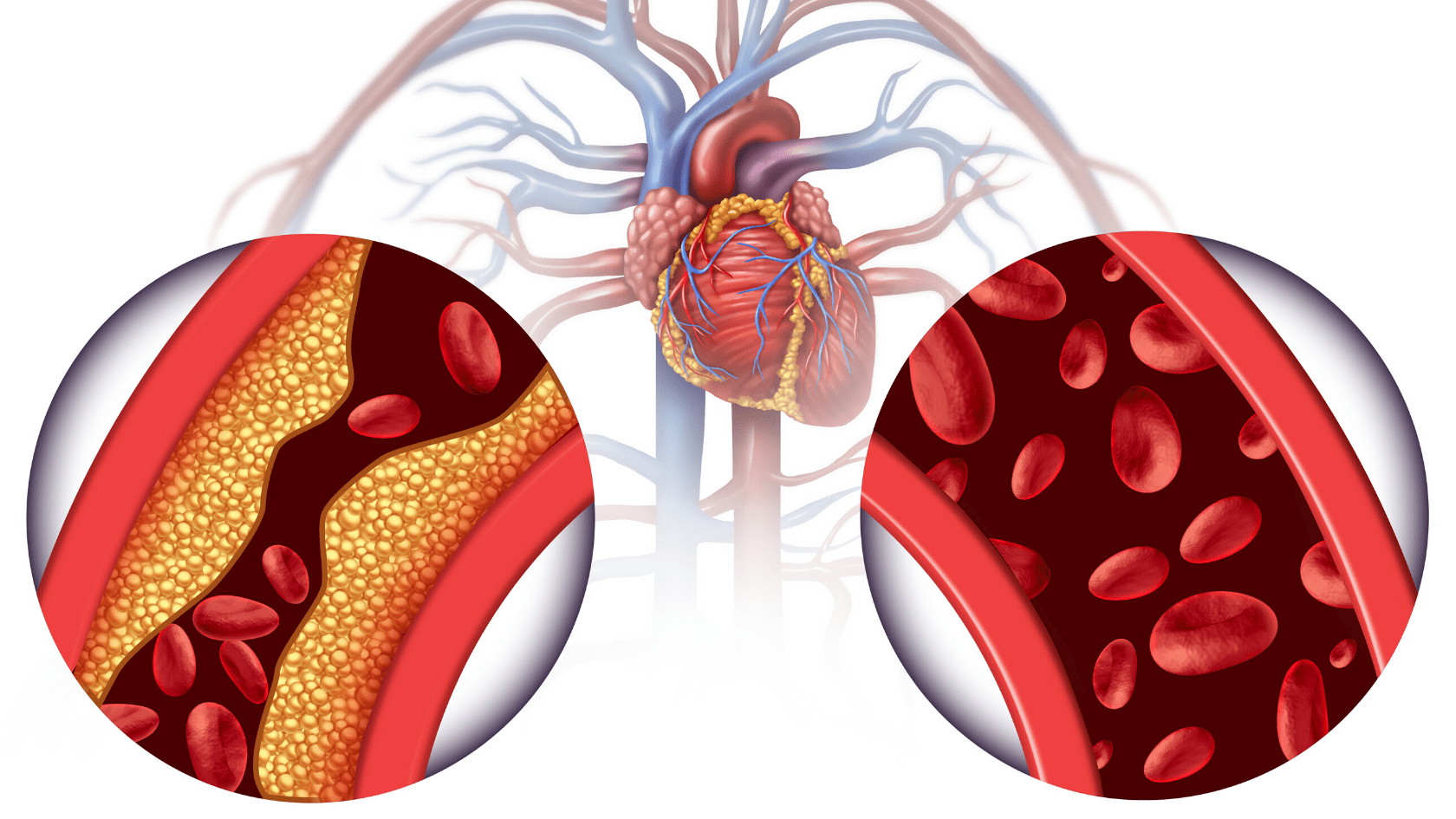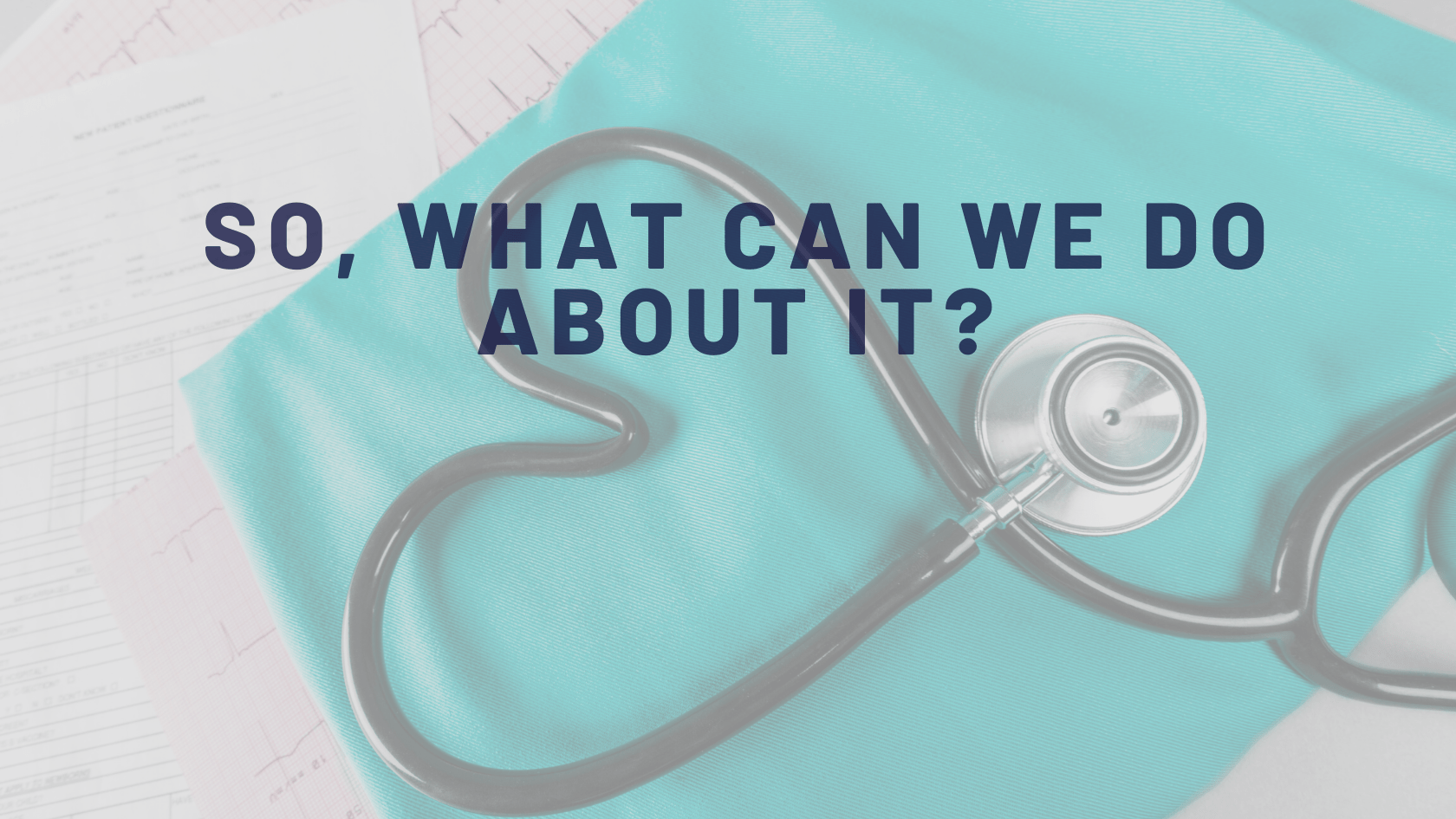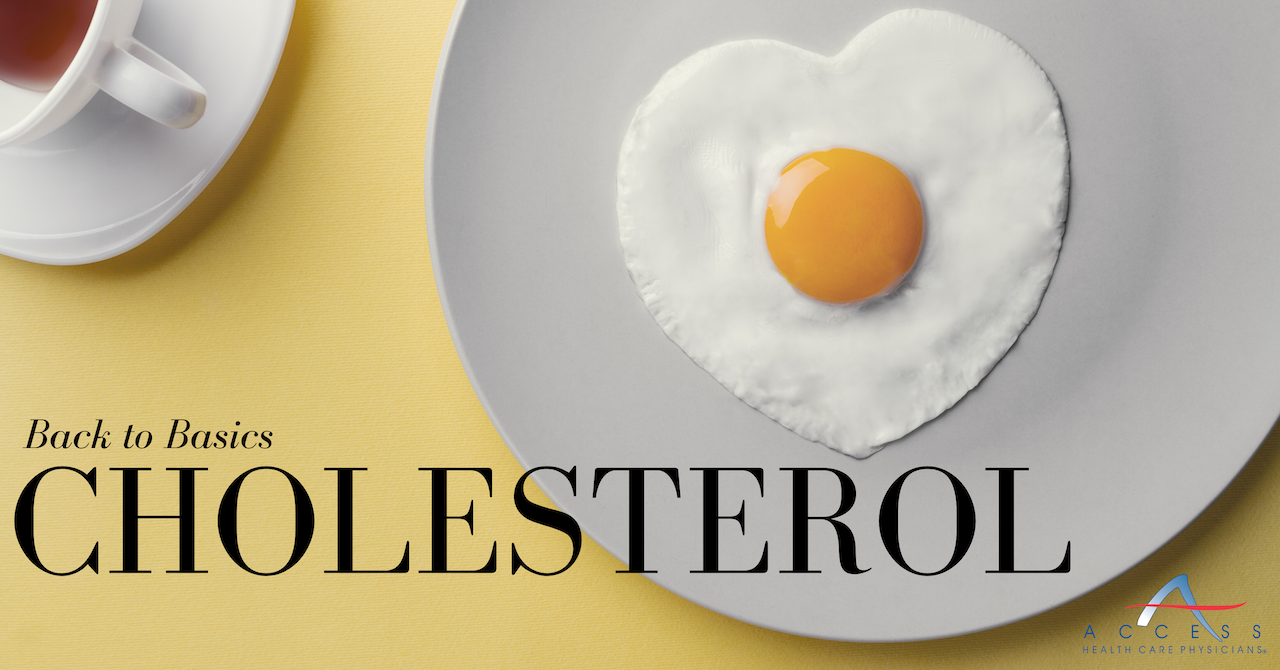We know the word –but what is cholesterol and what does it do?
Cholesterol is a waxy substance that your body needs to build cells. But, too much cholesterol can cause problems. Cholesterol comes from two sources – your liver and your food. Foods high in cholesterol are typically derived from animals such as meat, poultry, and dairy. These foods, and those that are high in saturated and trans fats, cause your liver to make more cholesterol than it would otherwise.
The Types:
There are two types of cholesterol – LDL (bad) cholesterol & HDL (good) cholesterol. Too much bad, or too little good, cholesterol increases the chance that it will slowly build up in the inner walls of arteries, creating a hard, thick deposit.

Experts believe that HDL (good) cholesterol works as scavengers to pick up and carry LDL (bad) cholesterol away from the arteries and back to the liver. From here, the LDL (bad) cholesterol is broken down and passed from the body. But HDL (good) cholesterol is not a superhero – only about 25-30% of cholesterol is carried away by HDL. It is important to make lifestyle changes in order to support the healthy function of your liver and HDL cholesterol.
When the balance is off in our cholesterol levels, we increase the chance of buildup in the walls of our arteries. The more plaque builds inside the arteries, the narrower they become. Subsequently, if a blood clot occurs and blocks one of these narrowed arteries, it can result in a heart attack or stroke.
In addition to HDL & LDL, you may also hear your doctor discuss triglycerides when talking about overall cholesterol levels. Triglycerides are the most common type of fat in the body and they store excess energy from your diet. When triglycerides are high, along with high LDL (bad) cholesterol or low HDL (good) cholesterol, there is an increased risk of fatty buildups within the arteries.

So what can we do about it?
The 3 C’s
While lowering cholesterol and aiming for better heart health may seem overwhelming, the American Heart Association recommends focusing on these 3 “C’s”:
- Check your cholesterol levels. It is important to know and understand your numbers.
- Change your diet and lifestyle to help improve your numbers.
- Control your cholesterol, with the help of your doctor.
The American Heart Association even offers a calculator to help you learn risks and get you on a path to a healthier you.
Other Risk Factors
While high cholesterol is one of the major controllable risk factors for heart attack, stroke, and coronary heart disease, other risk factors such as smoking, high blood pressure and diabetes increase your risk even more.
Tips to help control or reduce your cholesterol
- Start with diet – as much as we discuss a healthy diet, it really does begin here.
Reduce your intake of saturated and trans fats.
Reduce your intake of red meat, full-fat dairy products, and fried foods. Be mindful of sugary foods and drinks.
Try eating a high fiber diet – studies show it can lower cholesterol levels by as much as 10%!
Choose a diet with a variety of fruits, vegetables, whole grains, poultry fish & nuts.
- Get active
A sedentary lifestyle lowers the good cholesterol levels in your body.
As little as 150 minutes per week of moderate-intensity aerobic exercise can be enough to lower both cholesterol and high blood pressure.
Try brisk walking, swimming, bicycling or even dancing!
- Quit Smoking
Smoking compounds most all health conditions including high blood pressure, diabetes and coronary heart disease.
Smoking lowers HDL (good) cholesterol.
- Lose Weight
Being overweight or obese tends to lower HDL (good) cholesterol and raise LDL (bad) cholesterol.
Weight loss as little as 10% can improve your high cholesterol numbers.
While cholesterol can have a significant impact on your health - the good news is that typically, with a few simple lifestyle changes, as directed by your doctor, you may be able to move those numbers for good!
For more great articles, be sure to follow us on Facebook, Instagram and check our Blog Page often.


